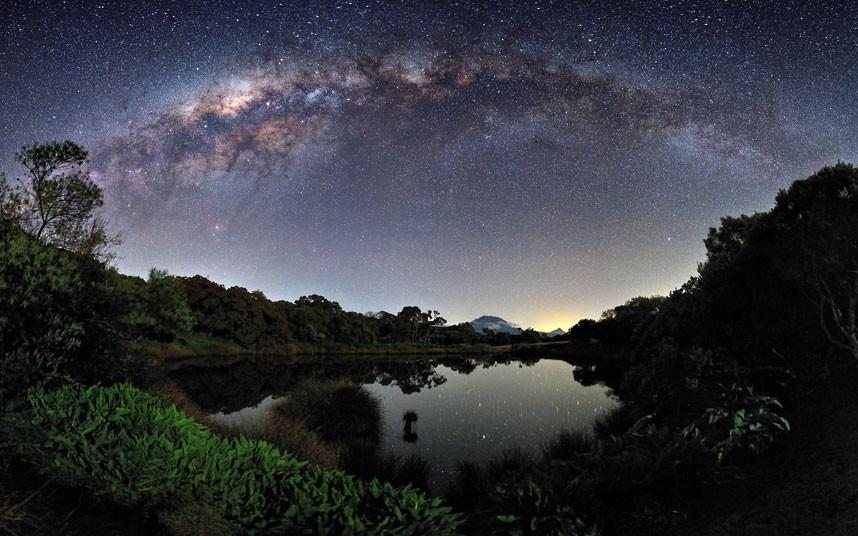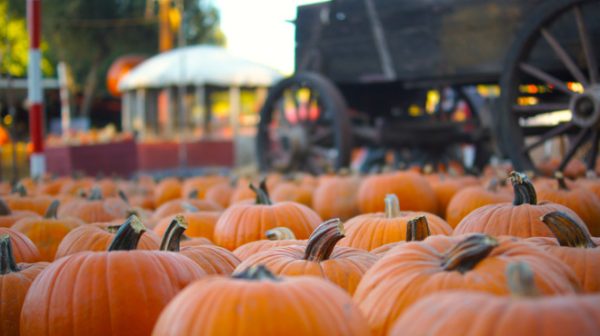Awesome Astronomical Events of Summer 2016
Courtesy of The Telegraph
May 16, 2016
In the words of famous astronomer Galileo Galilei, “It is a beautiful and delightful sight to behold the body of the moon.” As such, why do we not give ourselves the simple joy of looking into the depths of the night sky more often? To encourage you to stargaze more often and therefore bring more joy into your life, below you will find a list of all the most major astronomical events of the coming summer, including lunar events, a solstice, planetary positioning and even meteor showers! Happy stargazing!
May 21- Full moon & blue moon
May 22- Mars at opposition (meaning that you will have some of the best naked eye/telescopic visibility of this planet out of the whole year!)
June 3- Saturn at opposition
June 5- Mercury at Greatest Western Elongation
June 20- June solstice (1st day of summer!)
July 4- Juno (a NASA spacecraft) is projected to have reached Jupiter by this time! It will be studying many aspects of our solar system’s largest planet, in addition to taking up-close photos of it
July 28 & 29- Delta Aquarids meteor shower, with up to 20 meteors visible per hour at its peak!
August 11 & 12- Perseids meteor shower, with up to 60 meteors visible per hour at its peak!
August 16- Mercury at Greatest Eastern Elongation
August 27- Conjunction of Mars and Venus, which is said to be beautiful to witness, and is somewhat rare!
September 1- Annular solar eclipse (sadly only visible in parts of Africa and the Indian Ocean… watch the Internet for pictures or a possible livestream though!)
September 3- Neptune at opposition
September 16- Penumbral Lunar Eclipse (again, sadly not visible in America, but keep track anyway!)
September 22- September equinox (summer ends and autumn begins!)
Pro tip: the Griffith Observatory offers free stargazing through telescopes big and small on nights they are open, so most of these awesome astronomical events should be available for watching through the lens of a telescope!













